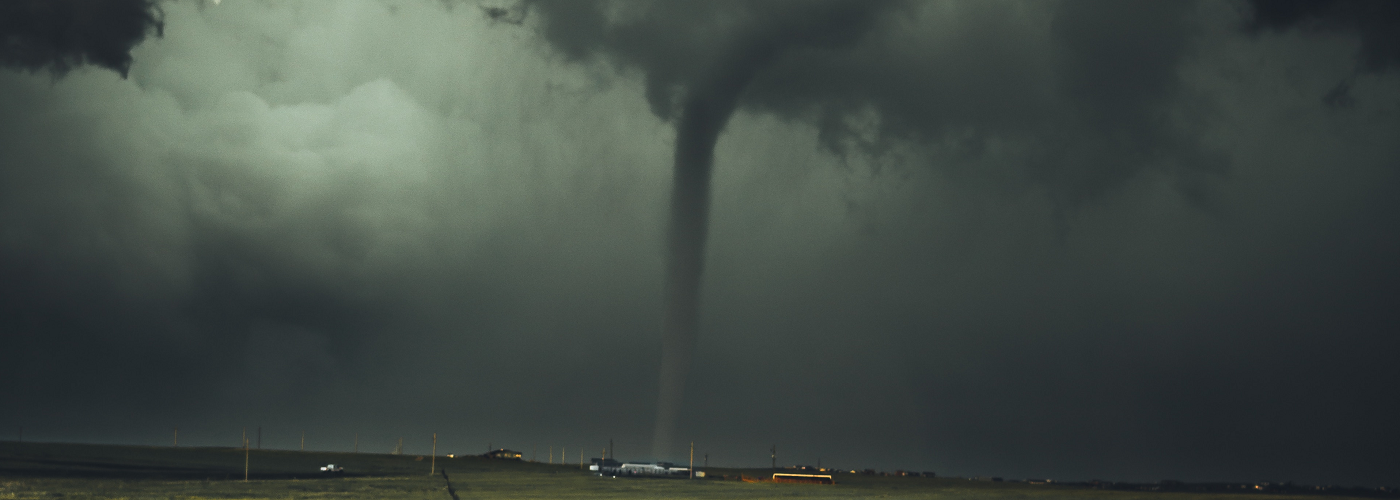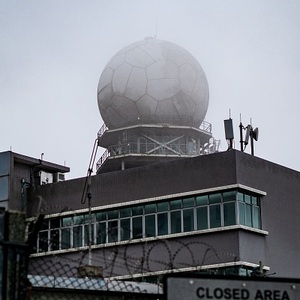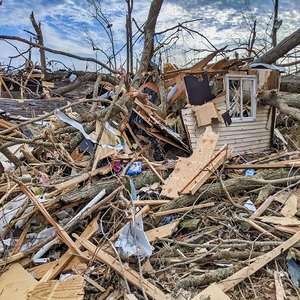

The sound that tornadoes make is frequently described in accounts by survivors as that of a freight train. However, another even deeper sound produced by tornadoes, so low that it is inaudible to human hearing, may one day prove promising in improving the detection and warning for these deadly vortices. Adapting technology that was originally developed to detect far away, above-ground, nuclear tests, a team headed by Dr. Brian R. Elbing of Oklahoma State University deployed a system to detect these inaudible infrasounds on multiple severe weather events during the 2020 season.
The team's device, called Ground-based Local Infrasound Data Acquisition (GLINDA) is tuned to listen for the ultra-low sound frequencies in the 1-10 Hz range, below the 20 Hz hearing limit for humans. Over the past few years, the team has recorded multiple instances of tornadoes producing these infrasounds; however, the challenge going forward will be to differentiate these tornadic infrasounds from those produced by other natural sources, such as earthquakes, ocean movements, or even man-made sources.
In an era where sophisticated dual-polarized Doppler radar systems are at the forefront of tracking severe weather and tornadoes in the United States, radar still has its limitations. Radar requires a line of sight in order to detect storms and the movement within them. If an obstruction like terrain gets in the way, this can block the radar beam. Also, tornadoes occur at a relatively low level in the atmosphere which can be overshot by a widely-spaced national network of radar sites. In cases like this, detection by infrasound would be an invaluable aid to meteorologists to overcome these limitations of radar, especially in regions where people serving as storm spotters may also be few and far between. Past studies have also shown that storms that produce tornadoes often produce an infrasound signal preceding the touchdown of the tornado by several to even tens of minutes. Such a precursor signal, if confirmed in more tornado-producing storms in the future, would further aid in increasing the warning lead time for tornadoes, which currently averages 13 minutes.

